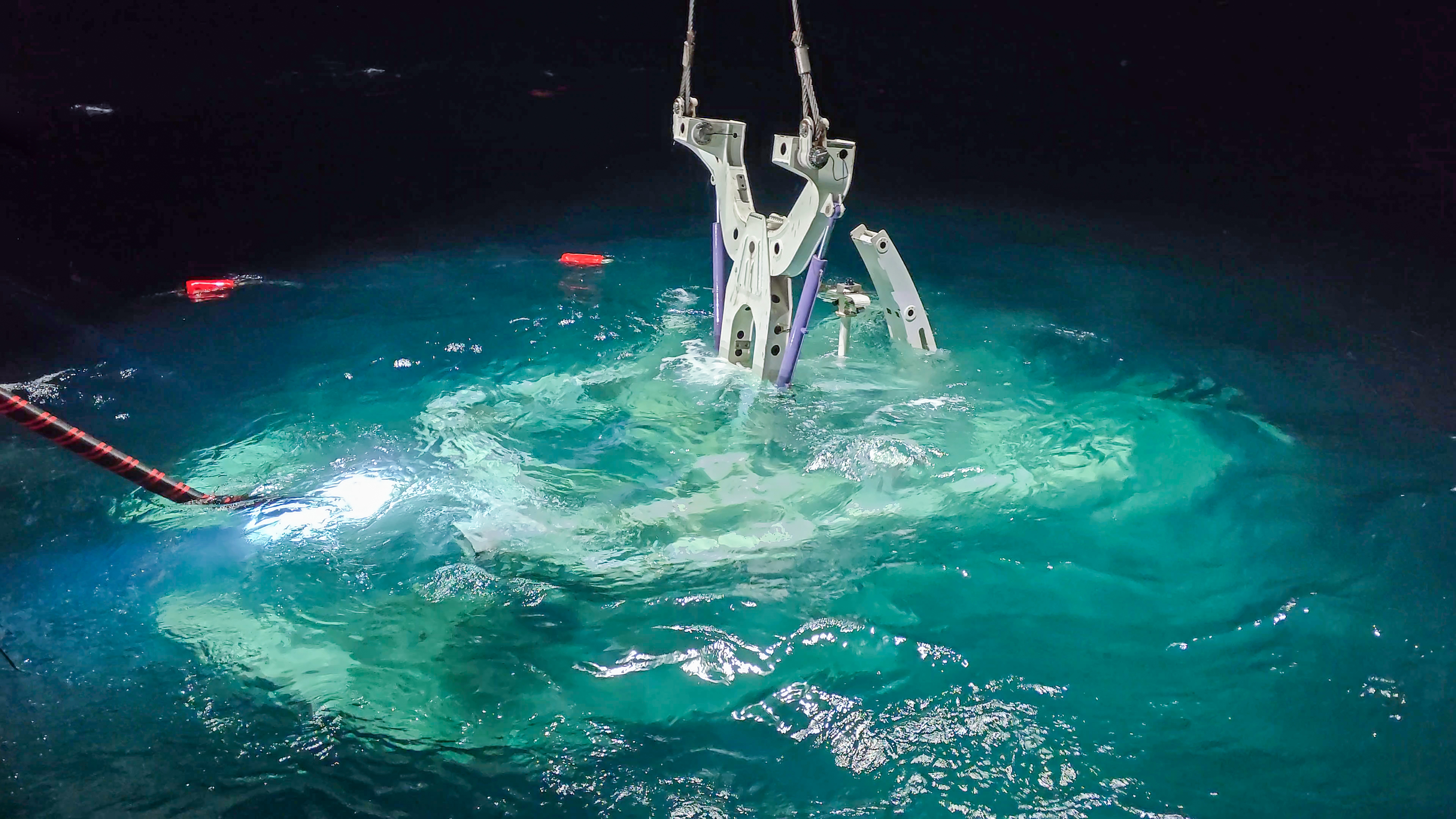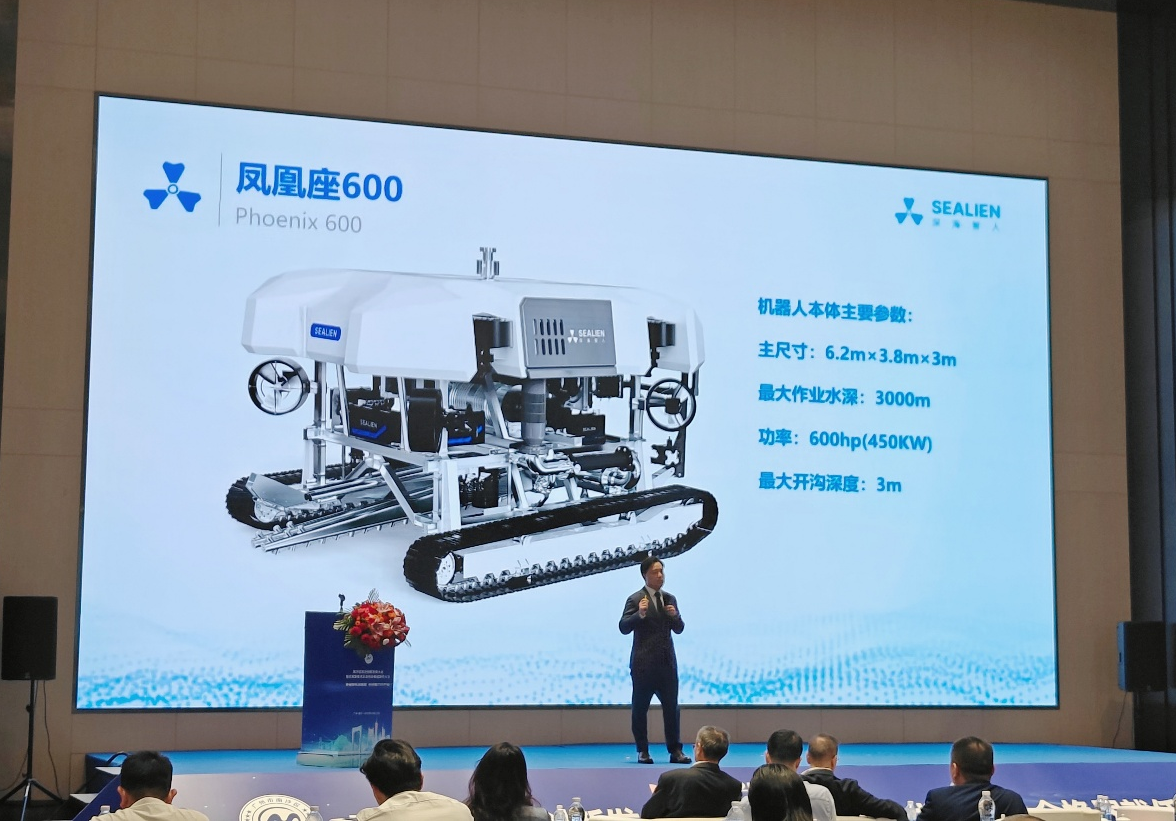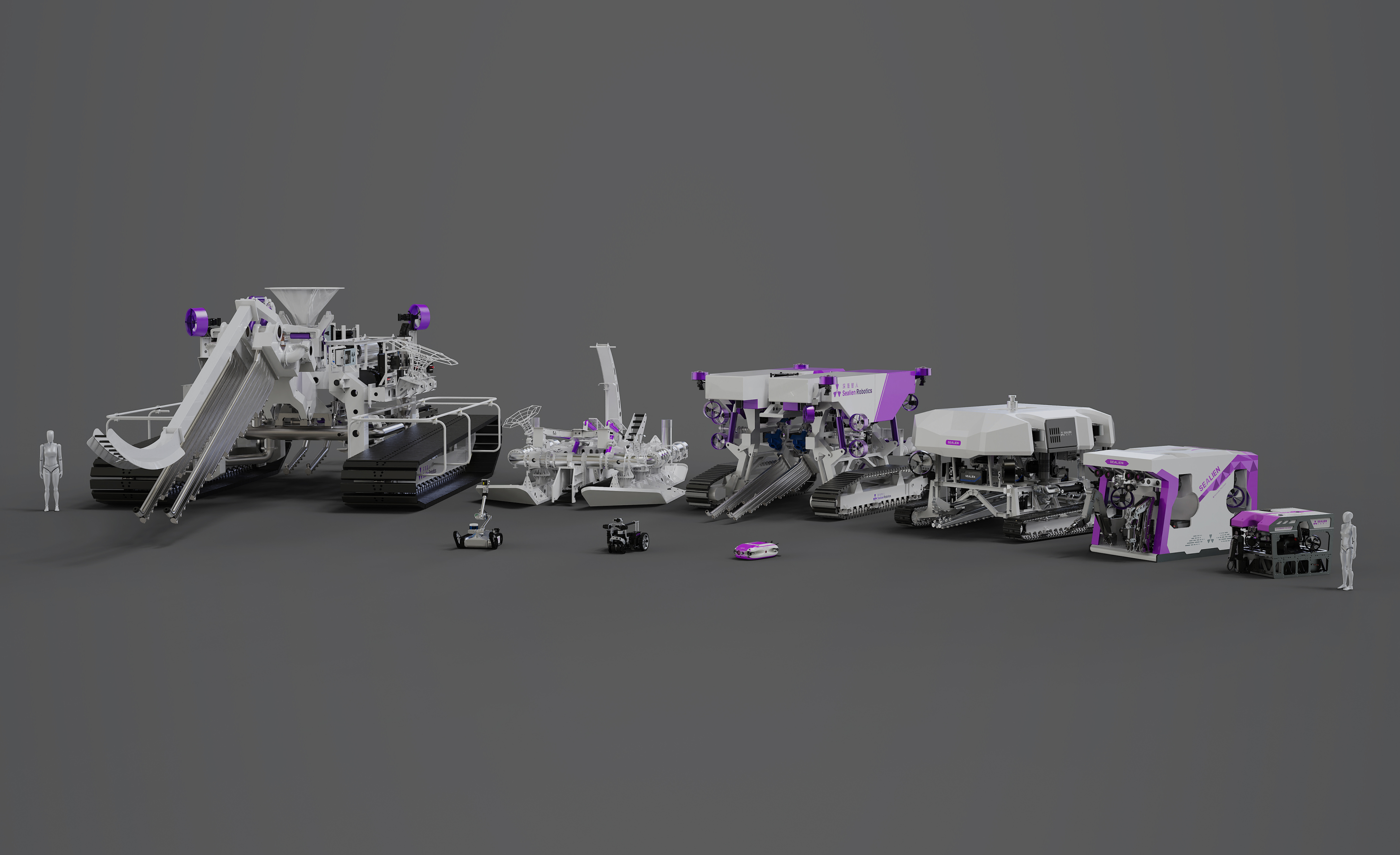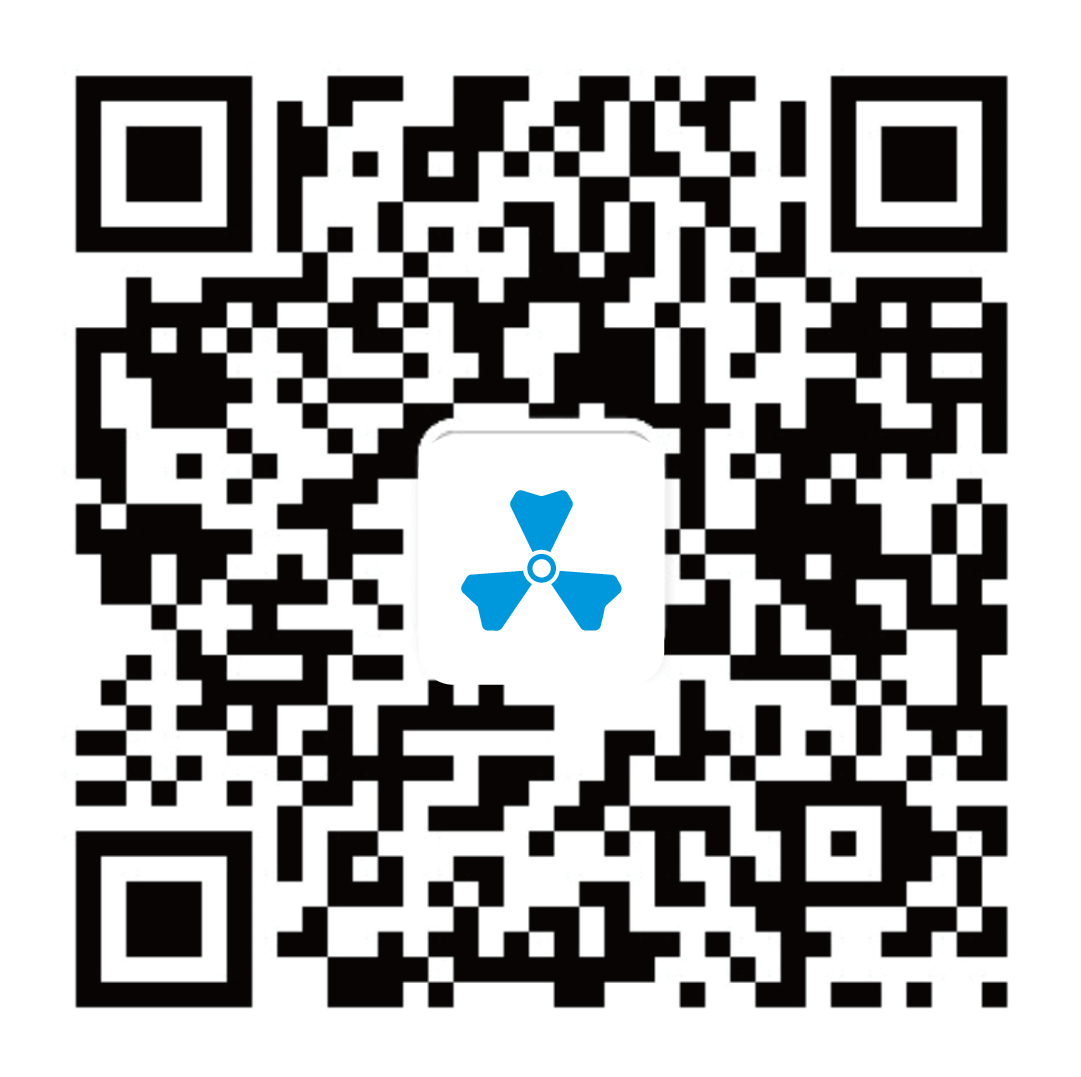Zero Faults, Full Speed: Auriga 1400 Delivers Again
Beneath the vast ocean, subsea pipelines and cables act as "blue arteries", carrying the lifeblood of energy and information. After six months of development, we have completed the first field deployment of Sealien’s fully self-developed robot-compatible subsea cable tracking system!
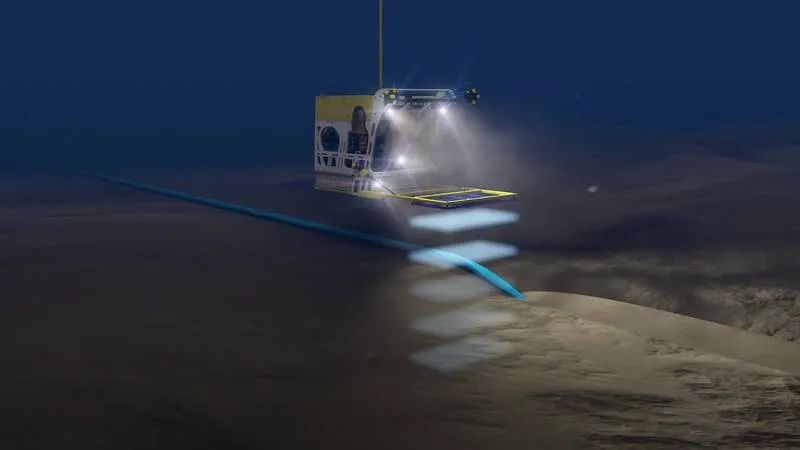
Image: TSS440 tracker from a foreign company mounted on a work-class subsea work-class ROV for pipeline inspection.
During post lay burial operations at an offshore wind farm in the South China Sea, pre-laid submarine cables had "vanished" beneath sandy due to seabed sediments, with significant environmental interference rendering sonar and shallow profiling techniques ineffective. Sealien Robotics' independently developed subsea cable tracking system was selected by the client. Utilizing electromagnetic induction technology to penetrate the seabed, it rapidly located the buried cables and guided the jetting machine to complete high-precision burial operations.
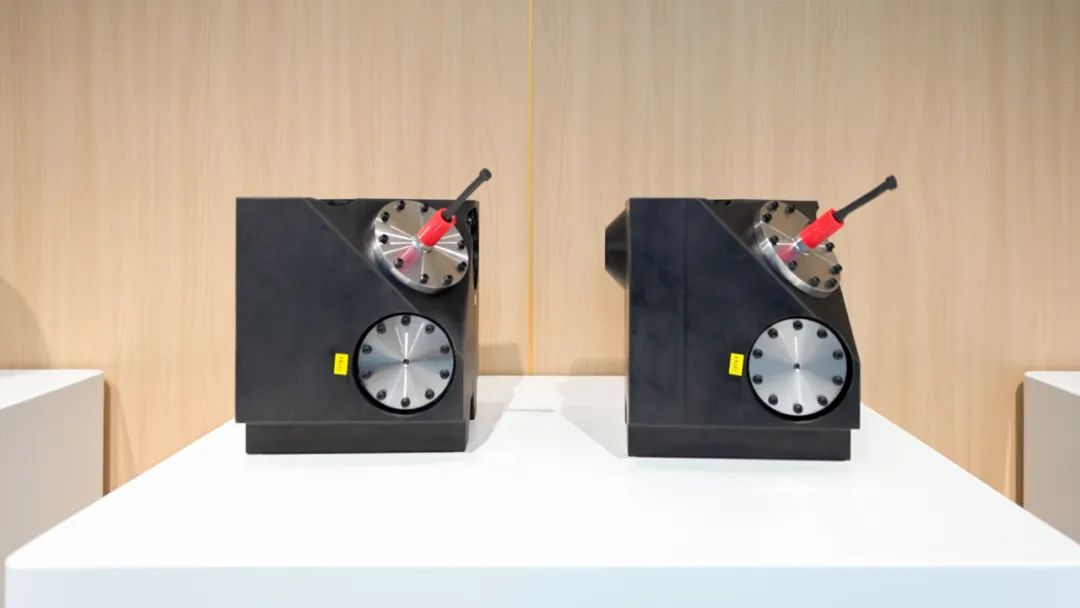
Image: Exterior of Sealien Robotics' self-developed subsea cable tracking system.
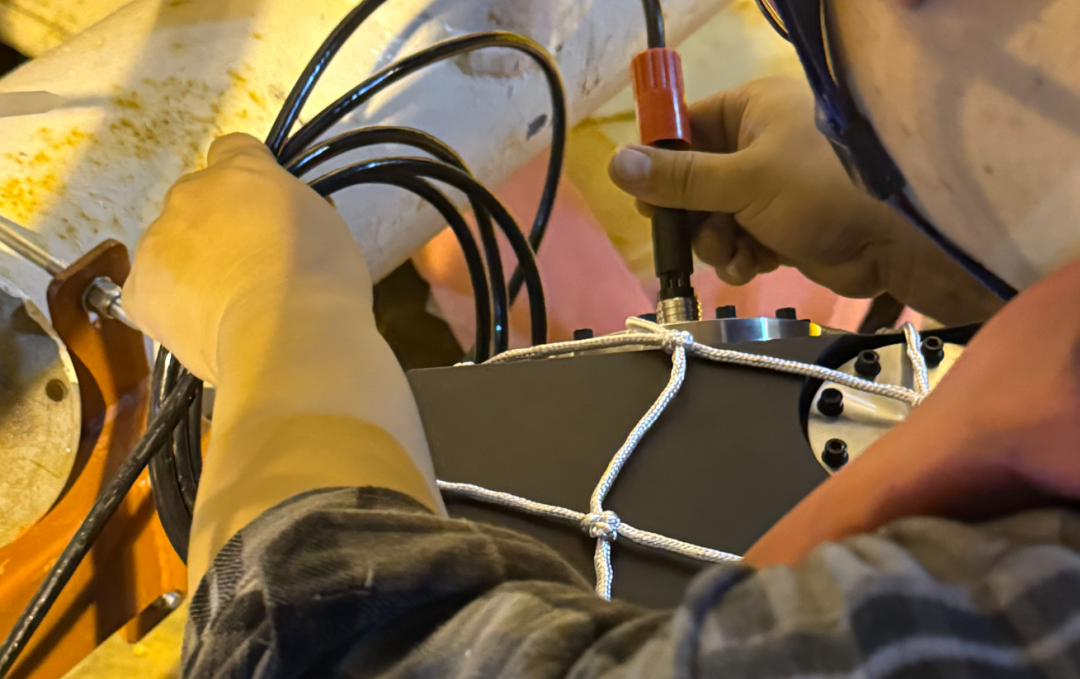
Image: Offshore installation preparation of Sealien Robotics' self-developed subsea cable tracking system.
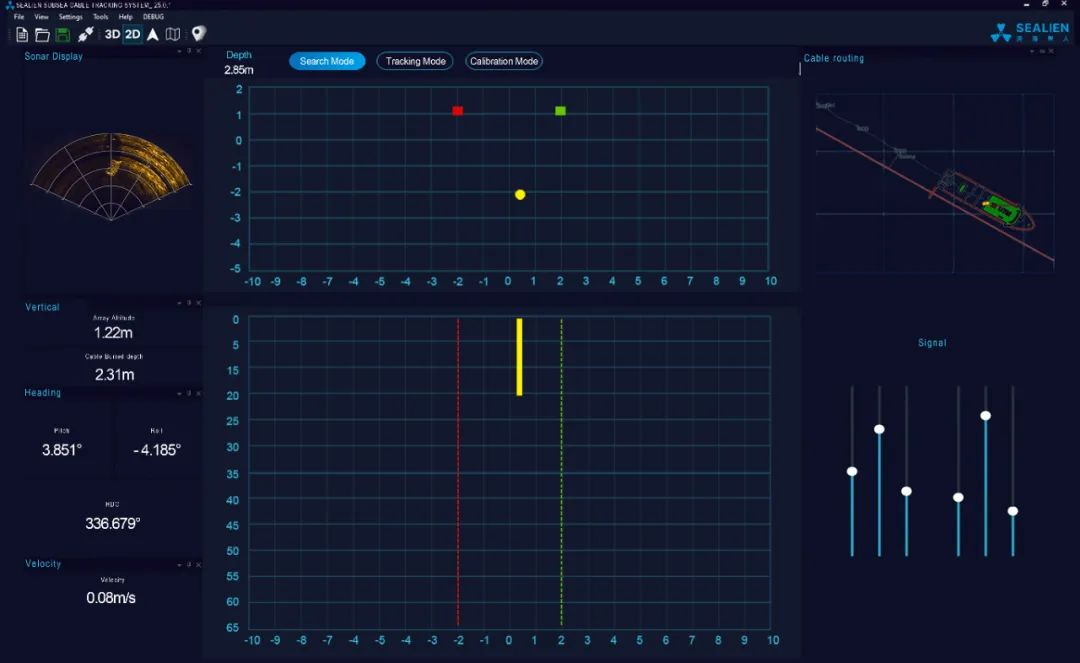
Image: Real engineering interface of Sealien Robotics' self-developed subsea cable tracking system.
The "TrigByte" subsea cable tracking system consists of four major components: a pulsed power source, a surface signal processing station, a subsea electronics POD, and a detection array, with an operational depth of 2,000 meters. It can distinguish left-right cable orientation within a 15-meter horizontal range, lock onto the 3D coordinates of a cable within 10 meters, and achieve a depth positioning accuracy of 10 cm with an angular error of just ±5° for shallow burials up to 4 meters—performance on par with top-tier international equipment. From complete systems to breakthroughs in multiple core components, Sealien Robotics remains committed to driving innovation for high-end marine intelligent equipment.


